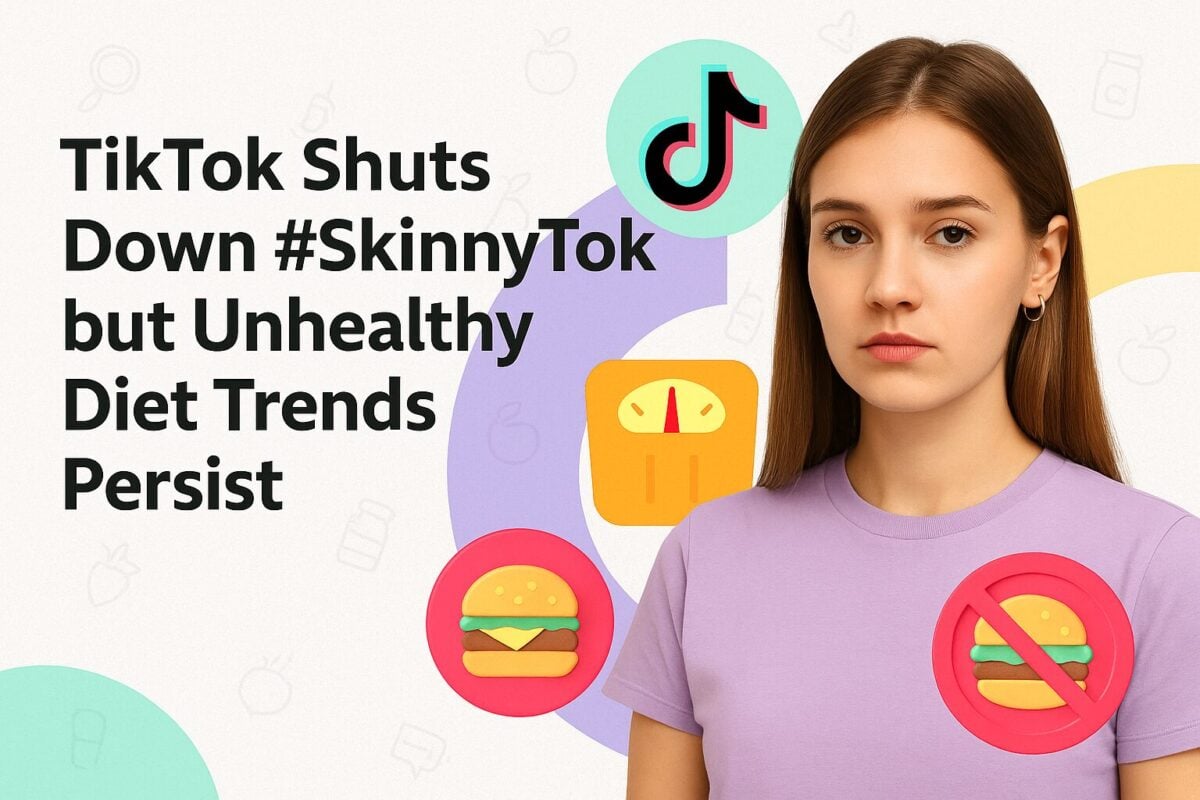In marketing campaigns, a call to action, or CTA, is used to direct your target audience to an action that they should be doing. It’s used in marketing to convert visitors or readers into leads.
Skipping out on your call to action may have some negative implications for your company. Meanwhile, an ineffective or boring CTA may weaken your sales funnel and decrease your conversion rates.
The best calls to action can persuade potential customers to buy a product, continue reading an article, or share content on different platforms. When it comes to effective CTAs, there is a sense of urgency in them. These, however, don’t border on being pushy, which can drive potential leads away.
CTAs don’t exist on their own. They depend largely on the content for context. This, in turn, can result in varying actions, depending on your content’s goal.
Types of Calls to Action
There are five types of CTAs that are commonly used by different platforms:
- On-screen CTA
An on-screen call to action is anything that you can see on-screen. It can take various forms, but videos are seen as more interesting compared to landing pages as they can effectively convey a story that will incite viewers to make an action.
- Single button
This simple CTA uses a button as a focal point and is often complemented by a strong tagline and copy.
- Anchor text in content
Blog posts usually utilize this type of CTA. The call to action is embedded with a link that often redirects readers to related content. This type of CTA is popular because it can enhance user experience by inviting them to view related content or directing them to tutorials or videos.
- Freebies
Who doesn’t want freebies? This type of CTA is another example of a simple CTA wherein readers are rewarded with free content, often in the form of e-books or newsletters. This call to action is often used in list building and is a great resource for lead conversion.
- Trial offers
Trials give readers a sneak peek of what they stand to get once they sign up for a premium option. In this form, the call to action is often accompanied by a glimpse of a website’s premium feature.
Crafting a Solid Call to Action
More than having a strong call to action, you need to create one that can convert potential customers into leads. While there are no hard and fast rules on how to create a winning CTA, you can always test out variations to find out which one works best.
Here are some practices you can adopt to start writing effective calls to action:
- Know your goal
Behind every strong call to action is a well-defined goal. What are you trying to achieve with your CTA?
Do you want to increase sales? Subscriptions? Redirect readers to other content on your page?
Once you’ve determined your goal, you need to think about how you’re going to execute it using a CTA.
- Use strong action verbs
It pays to be straightforward with CTAs, especially since you don’t have a lot of space to get your message across. Using strong command verbs will let your audience know what you want them to do. Start your call to action with words like “download,” “learn,” or “join” to drive people to perform your desired action.
- Focus on value and benefits
An effective CTA should offer something in return to your readers. By letting your customers know that they can get something of value in return, you’ll stand to gain more conversions. Try offering them free, value-adding content like a guide or a course.
- Pique their curiosity
A good CTA uses tools to pique customers’ curiosity, which, when used effectively, can lead to a boost in sales. Curiosity often spurs action, and how you spark your customers’ curiosity will also largely depend on the information you’re giving them.
- Create well-designed CTA buttons
Your CTA is only as good as your design, which is why you need to look at key design elements and how you can effectively incorporate them into your campaigns to get your desired results.
Writing a call to action isn’t always the easiest task. A good CTA tells readers what they should do and why they should do it. It should also be creative and functional without being pushy.


